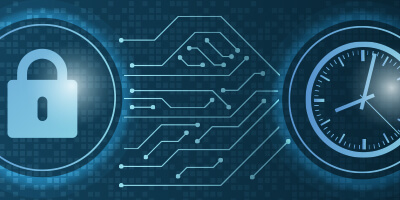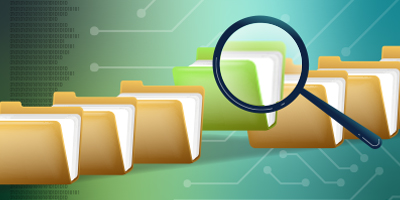Blog
In the healthcare sector, accurate time can be the important information that will make the difference between life and death. No matter the size or scope of your medical facility, time is used in many different processes and systems, and ensuring its precision will increase patient care and efficiency.
Most of us check the time throughout the day, whether it’s looking at our watch, our mobile phone, our computer or the clock on the office wall.
What we might not consider though is how accurate each of these sources are, and whether they all display the same time. If they differ by just a few minutes, it’s not likely to have much of an effect on our daily lives. However, there are some situations where clocks being inaccurate or out of synchronization by even a minute can cause major issues, such as a transaction failing, or enabling fraud to occur.
In many applications, including time synchronization, GNSS is now commonplace. The best known constellation is GPS. However, all these GNSS systems share a common vulnerability: the signals transmitted by these satellites are very weak. GNSS satellites operate from the Earth’s orbit. The transmitted signal is extremely weak when it reaches the earth’s surface. This low signal strength at the receivers makes GNSS use susceptible to intentional (malicious) or unintentional interference.
With the rise of the Internet and IT networks, many solutions today work over IP. Whether video surveillance, access control, or attendance time management, all this equipment uses IP technologies to communicate and operate. As with any network, time synchronization is essential, not only to ensure the proper functioning of monitoring systems, but also to ensure accurate and chronological timestamping of events.
To work, your network infrastructure needs a single accurate time reference. All IT equipment has an embedded hardware or software clock which is used by the equipment to timestamp files, transactions, events, images, etc. This internal clock drifts like any ordinary watch. It becomes an issue when these devices are connected to a network and share common resources such as file systems.
The integrity of any file system depends on the names and dates of the files, including information on the date of creation, last access, last archive and last modification. In a distributed file sharing system, a master file is kept by an NFS (Network File System) server, for use by remote clients.
Retrieve the time from the Internet exposes you to risks. Don’t let anyone take advantage of this vulnerability: distribute time securely through your local network with a time server.







